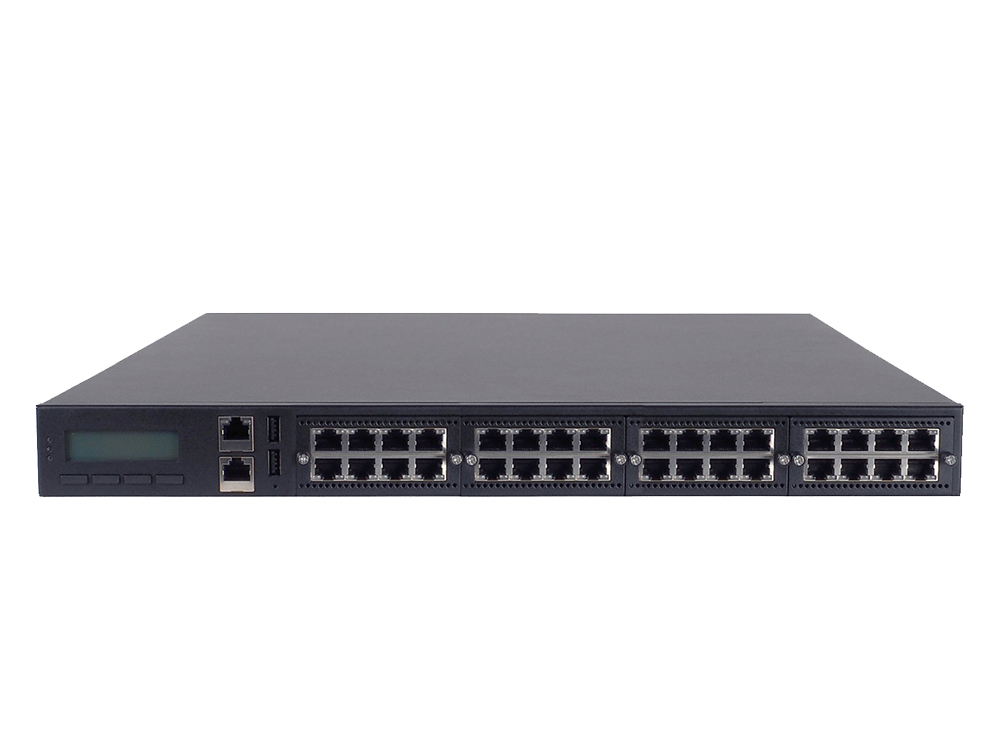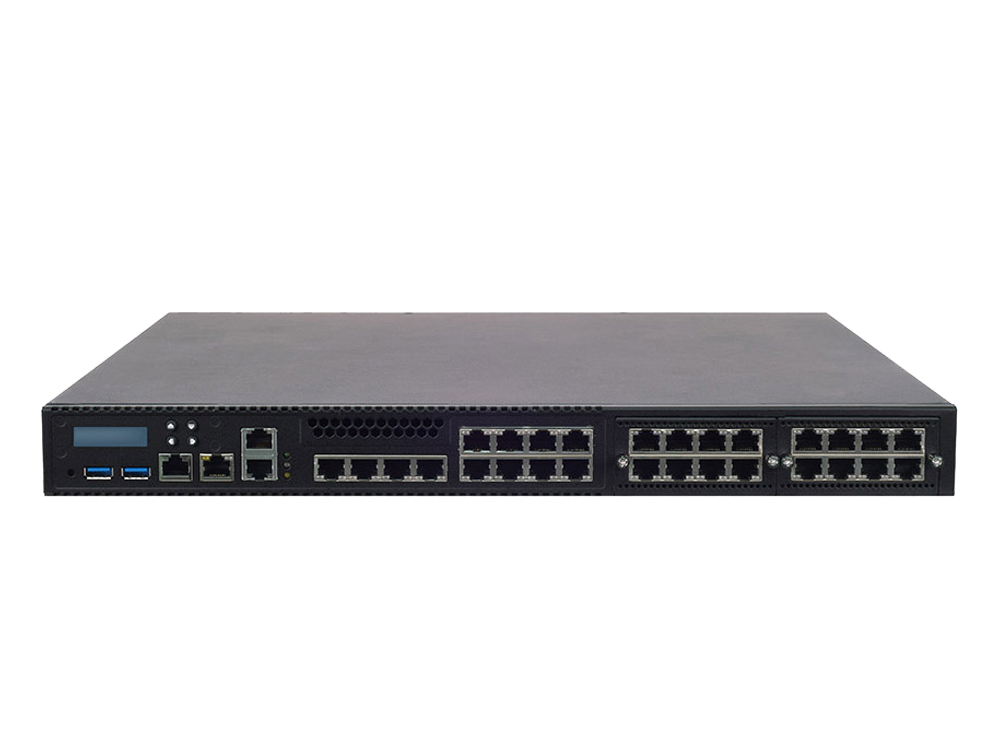SD-WAN Still Has Limitations
SD-WAN has continued its momentum in the technological segment due to its shortened deployment time and cost-saving advantages. In fact, SD-WAN helps IT management simplify their existing hybrid WAN infrastructure by abstracting a software layer over the networking hardware for management and control.
Although SD-WAN better capitalize the existing hybrid WAN hardware, it is also imperative to realize that SD-WAN architecture does have its limitations, performance in particular. A considerable number of today’s SD-WAN deployments have leveraged existing hybrid WAN infrastructures to accelerate the roll-out process, and a large-scale hybrid WAN normally consists of multi-branch routing devices, MPLS, public Internet, WiFi, and LTE. In other words, many enterprise IT managements are managing large network footprints and thus performance could be an issue at times.
Why Monitoring is Important?
With the widespread of SD-WAN deployments, performance monitoring of this new networking technology is not just recommended, but actually necessary. Indeed, SD-WAN is a software-managed way to rout the traffic, and with the visibility of the load balancing and traffic routing. IT management staff can view that some tunnels have less traffic than others and rout the applications. However, there is no concrete information about the performance for a certain tunnel, or a certain application.
In addition, an enterprise WAN is highly a large footprint architecture. For instance, large corporations may have LTE-enabled WAN that leverage carrier infrastructures as well as VPN for secure remote connections. With such sophisticated WAN architecture, IT management may observe latency or packet loss when executing load balancing. The issues can be more apparent when users are conducting load-heavy applications such as video conferencing.
Recommended Hardware Solution
Performance monitoring is essential for SD-WAN, particularly for real-time applications. At the software aspect, there are some excellent options offering software interface with all the needed information like latency, packet loss or jitter, in numeric values. Some sophisticated software VNF (virtualized network function) even present SLA (service level agreement) status.
On the other hand, it is also important to select the right hardware solution for the implementations of performance monitoring software. For instance, service providers may consider adopting a white-box vCPE appliance that can monitor and guarantee the performance in QoS and QoE over regional, national and global virtual enterprise networks. In addition, the optimal hardware shall be able to seamlessly monitor packet information in both current and historical data, including all the traffic from Apps, network protocols, VPN-to-edge, cloud services and office Wi-Fi. IT personnel can thus diagnose and troubleshoot any network problem, such as latency, data dropped, or troubled connection, to ensure peak performances.
Some recommended hardware solutions are NCA-5210 and NCA-5220 from Lanner Electronics Inc. NCA-5210 is a 1U x86 rackmount white-box server powered by Intel® 7th Gen Core Processors and DDR4 memories to deliver ultra-throughput and performance. The hardware also offers multiple I/O connectivity for your existing WAN, including multiple RJ-45 connectors, PCI-Express socket and NIC module slots.
NCA-5220, also an 1U rackmount white-box, is powered by Intel® Xeon® E3-2100 Processor (Codenamed Coffee Lake) and is designed as the successor to NCA-5210. NCA-5220 also features rich I/O connectivity and functionality including multiple RJ-45 connectors, PCI-Express socket and NIC module slots.








